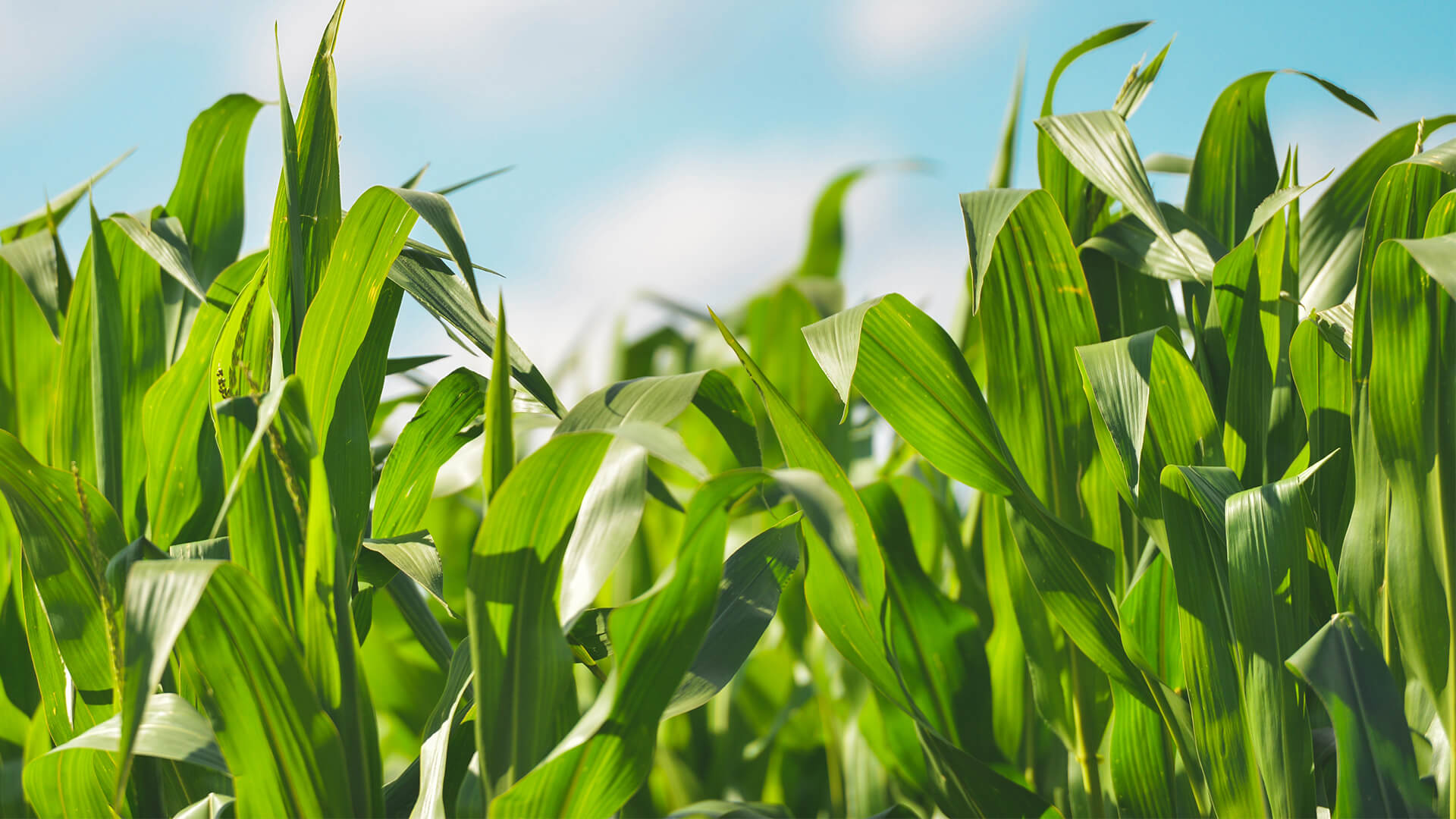
Most would agree corn maximizes its yield in August and September, but that yield potential is established at planting. There are many factors at planting that if not addressed correctly can seriously affect corn growth for the entire summer. With planting just two months away, here are a few tips to keep in mid when the rush is on to get the crop in the ground.
Hybrid Selection
Make sure to match the hybrid maturity to the calendar. Early hybrids if planted too early will leave yield on the table and longer day hybrids planted too late may not mature and result in higher drying bills. Know the ideal population for the hybrid and aim for it. Planting too high a population may not cost you yield but it will lower economic return. Some hybrids have better early season vigor and emergence. Look for these traits when planting early or into cold wetter conditions. Genetically introduced traits and seed treatments can provide protection against insects and disease during poorer planting conditions.
Soil Conditions
Proper moisture and temperature are essential to get corn off to a good start.
The ideal soil moisture for germination is field capacity. This is the point where all excess water has drained away and there is no downward movement of water. Above this point, there is excess soil water resulting in seed rot and disease, as well as side wall compaction which will affect root growth and root development. Below this point, there will not be enough moisture to germinate the seed. A corn seed can absorb 30% of its weight in water in the first two days after planting so ideal soil moisture is essential for good and quick germination.
Soil temperature also plays a key role in germination and plant establishment. While kernels will absorb water when the soil temperature is below 10oC (50oF), germination will not occur until this soil temperature is reached. During the first 24 hours after planting, if the initial water absorption occurs with water colder than 4oC (40oF), imbibing injury can occur. This results in a reduced stand, corkscrewing injury of the mesocotyl, leafing out underground and decreased seedling vigour.
If soil temperatures are 4-5oC and weather forecasts call for warm temperature, get the corn in the ground. If the forecast is for cold, rainy weather in the next 2 days, it may be best to leave the seed in the bag until conditions improve.
Tillage
Tillage is useful in creating a uniform seed bed and incorporating plant residue. However, every tillage pass results in soil moisture loss, especially under hot dry conditions. Under wet conditions, tillage can result in a clumpy, compacted seed bed. Uneven seed beds can result in planter bounce. Planting speed will need to be reduced to prevent uneven seed depth and uneven plant emergence.
Planting Depth
Ideal planting depth is 1.5-2” with the seed planted into 0.5” of moisture. Proper depth ensures quick emergence, optimal population, as well as healthy root development. Under drier conditions, planting deeper to moisture is often better than planting into dry soil and waiting for rain. However, planting deeper can result in poorer emergence and reduced population, especially if crusting or cold wet weather occurs.
Planting is about timing and getting the plant out of the ground as soon as possible. While the instinct is to get the seed in the ground, we have all had times where waiting a day can gain you four. Be aware of soil and weather conditions and do everything you can at planting to ensure your corn gets off to a good start and even better finish.
Jason VanMaanen – CCA ON

